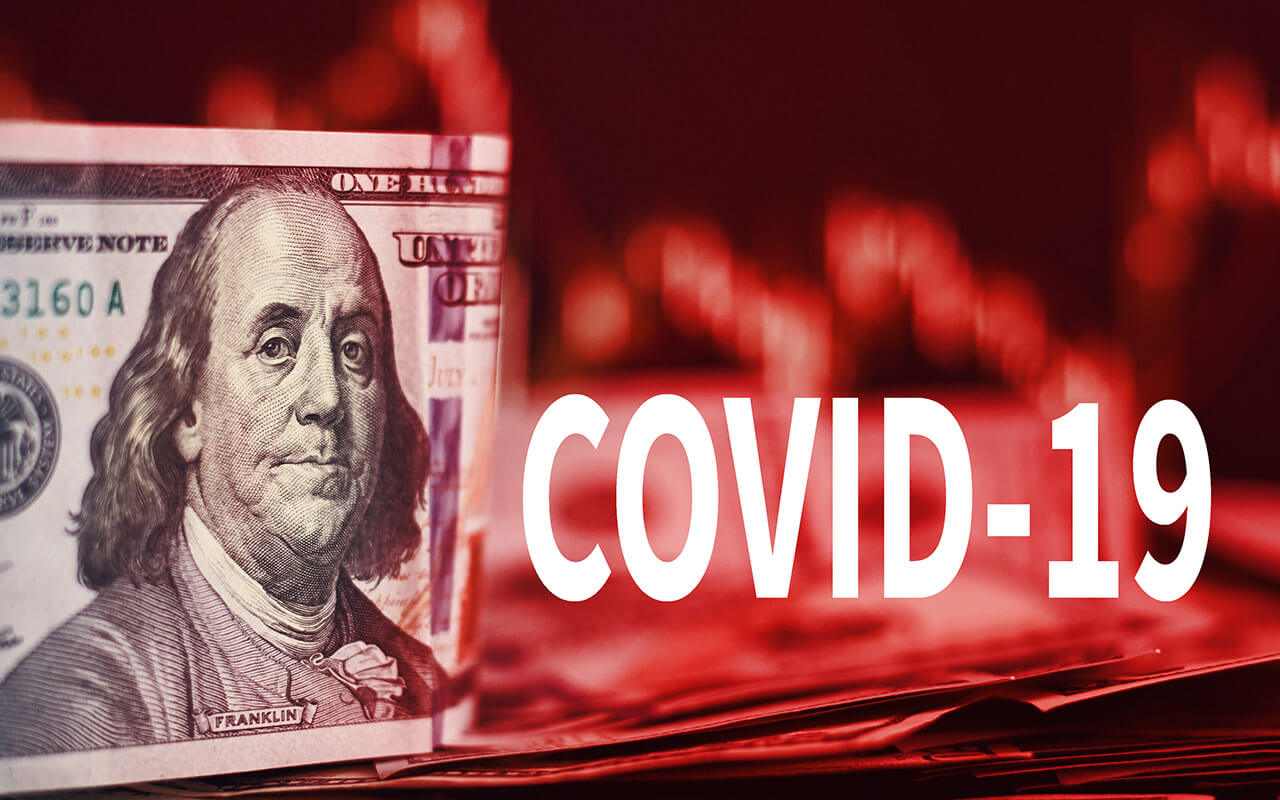 THE SHOALS-This information was originally shared by the ASBDC on Dec. 22.
THE SHOALS-This information was originally shared by the ASBDC on Dec. 22.
There are over 5,500 pages in the pending legislation from Congress, and we haven’t finished reading every line just yet. Here’s what we know now, and what you can expect:
It will take SBA some time to implement what Congress has passed. Most SBA employees are working from home, and many are on holiday leave.
Once SBA has established the rules, it will take time for the lenders to implement them. This legislation addresses issues with the original PPP, and sets new rules for the “second draw” opportunity.
The legislation fixes some issues with the original programs, but won’t fix everything – and will create new questions that will take time to answer.
The highlights below are directly from the small business committee summaries:
Simplified forgiveness form for loans under $150,000. SBA has 24 days to create the form.
“PPP Second Draw” allows companies with under 300 employees per physical location that have used or will use their entire first PPP, and can demonstrate a 25% reduction in receipts relative to the same quarter in 2019.
Borrowers may receive a loan amount of up to 2.5X the average monthly payroll costs in the one year prior to the loan or the calendar year. No loan can be greater than $2 million.
Entities in industries assigned to NAICS code 72 (Accommodations and Food Services) may receive loans of up to 3.5X average monthly payroll costs.
Borrowers of a PPP second draw loan would be eligible for loan forgiveness equal to the sum of their payroll costs, as well as covered mortgage, rent, and utility payments, covered operations expenditures, covered property damage costs, covered supplier costs, and covered worker protection expenditures incurred during the covered period. The 60/40 cost allocation between payroll and nonpayroll costs in order to receive full forgiveness will continue to apply. The bill adds PPE expenses, costs associated with outdoor dining, and supplier costs as eligible and forgivable expenses;
Expanded eligibility for 501(c)(6) organizations. (See PDFs below for details.)
Specific funds set aside for community development financial institutions (CDFIs), minority depository intuitions (MDIs), and other small deposit institutions.
Targeted EIDL Advance grants. Small businesses and nonprofits in low-income communities are eligible to receive $10,000 grants. Any small businesses and nonprofits in low-income communities that received an EIDL Advance previously are also eligible to receive the full $10,000 if their award was less in the first round of grants.
Repeal of the EIDL Advance Deduction: Finally, some clarity on a nagging question. PPP borrowers are no longer required to deduct the amount of their EIDL advance from their PPP forgiveness amount.
Coming soon: If you’ve already received PPP forgiveness, and the EIDL Advance was deducted, SBA will issue rules on how you will be made whole.
Taxes: Forgiven Paycheck Protection Program (PPP) loans will not be included in taxable income.
The bill extends and expands the refundable Employee Retention Tax Credit (ERTC) through July 1, 2021, to help keep additional U.S. workers on payroll and more small businesses and nonprofits afloat. Specifically, this legislation, among other changes: Increases the credit rate, from 50% to 70%; Raises the limit on per-employee creditable wages from $10,000 for the year, to $10,000 for each quarter.
Extended Debt Relief: This bill provides $3.5 billion to resume debt relief payments of principal and interest (P&I) on small business loans guaranteed by the SBA under the 7(a), 504 and microloan programs. All borrowers with qualifying loans approved by the SBA prior to the CARES Act will receive an additional three months of P&I, starting in February 2021.
Grants to Shuttered Venue Operators: The bill provides $15 billion for SBA grants up to $10 million to live venues, independent movie theaters, and cultural institutions to address the economic effects of the pandemic. Grants can be used to cover expenses such as payroll costs, rent, utilities, and personal protective equipment.
As more details emerge from SBA, we will do our best to keep you posted.
Want to read more? Here are the summaries as we received them:
Economic Aid to Hard-Hit Small Businesses, Nonprofits, & Venues (Section by Section Highlights)
Economic Aid to Hard-Hit Small Businesses, Nonprofits, & Venues (3-page Summary)
COVID-19 Emergency Relief Package Detailed Summary of New Agreement (US House)
Media Release/Downtown Florence Alliance


